In the intricate tapestry of nature’s designs, spider webs stand as remarkable feats of engineering. Yet these silken structures serve as far more than mere hunting tools—they function as sophisticated sensory extensions of the spider itself. Through an elaborate network of threads, spiders experience their environment in ways fundamentally different from our own perception. Their webs are not simply traps but complex sensory organs that allow these eight-legged architects to interpret vibrations, tensions, and environmental changes with astonishing precision. By exploring how spiders feel the world through their webs, we gain insight into an alien sensory experience that has evolved over hundreds of millions of years—one that blurs the line between body and environment in fascinating ways.
The Web as an Extended Nervous System
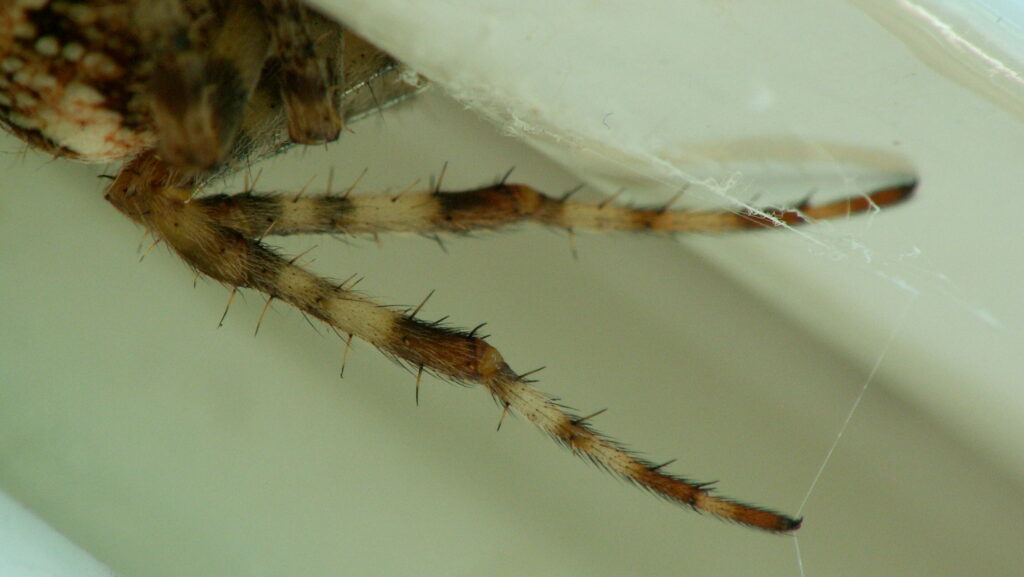
Spiders have evolved to use their webs as literal extensions of their nervous systems, creating what scientists call an “extended phenotype.” Rather than relying solely on the sensory organs within their bodies, spiders distribute their sensing capabilities across the elaborate structure of their webs. This remarkable adaptation effectively enlarges their sensory footprint far beyond their physical bodies. The specialized sensory hairs (setae) on a spider’s legs can detect the slightest vibrations traveling through silk strands, translating these signals into meaningful information about their environment. In many ways, this system parallels how our nervous system carries signals from our extremities to our brain, but with the critical difference that the web exists outside the spider’s body while functioning as an integral part of its sensory apparatus.
The Remarkable Sensitivity of Silk
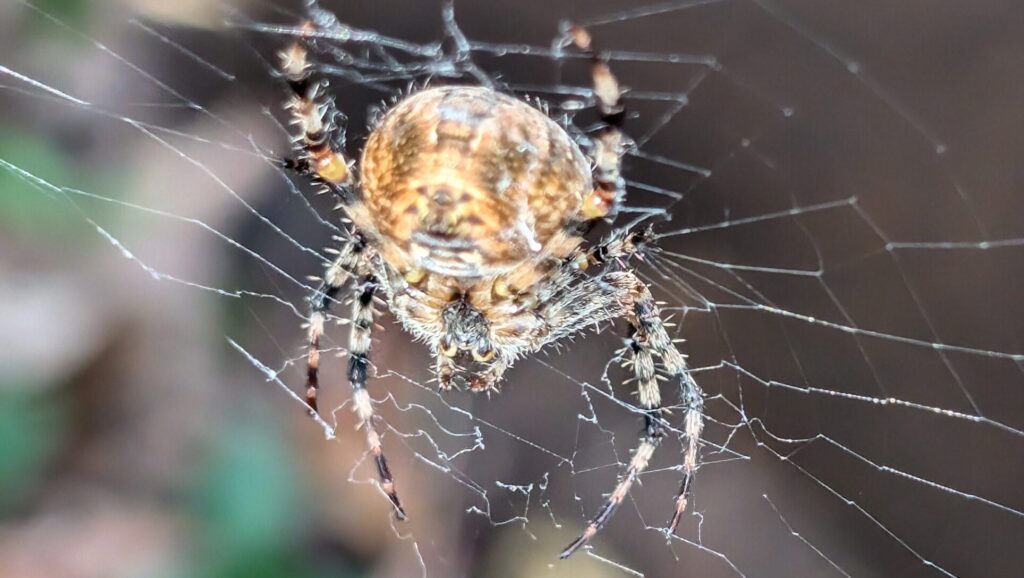
Spider silk possesses extraordinary properties that make it an ideal medium for sensory transmission. These protein fibers can transmit vibrations with minimal loss of energy, allowing spiders to detect movements that would be imperceptible to many other creatures. The sensitivity is so refined that some spiders can distinguish between different types of prey, potential mates, or threats based solely on the unique vibrational signatures they create in the web. Research has shown that orb-weaving spiders can detect movements as slight as 0.1 nanometers—approximately the width of a single hydrogen atom. This exceptional sensitivity allows spiders to monitor multiple silk strands simultaneously, creating a comprehensive three-dimensional awareness of everything that touches or approaches their web.
Decoding Vibration Patterns
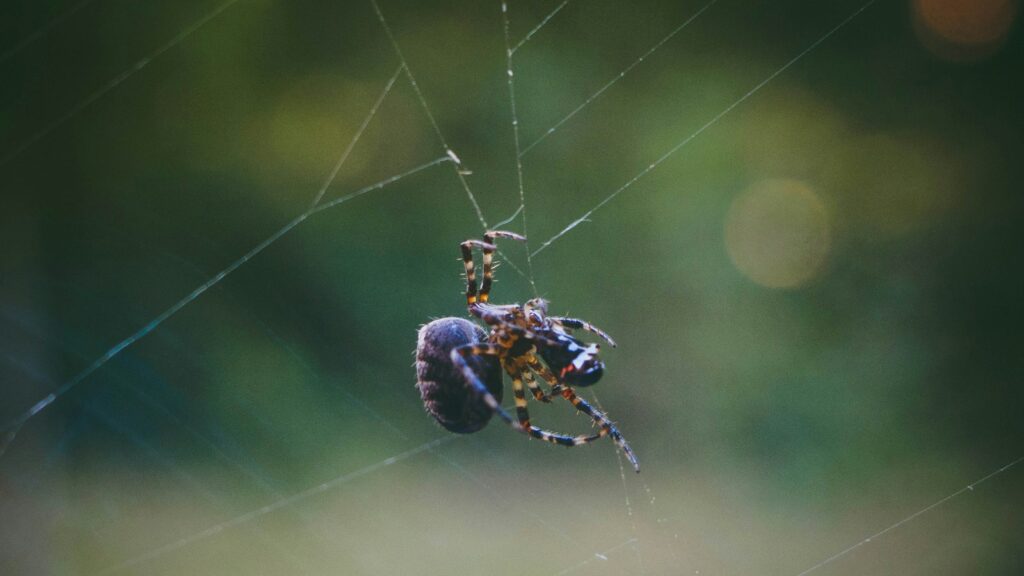
When something contacts a spider’s web, it creates distinct vibration patterns that travel through the silk strands. Spiders have evolved sophisticated neural mechanisms to decode these complex patterns into actionable information. Different events—such as a struggling insect, a raindrop, a leaf, or another spider—produce uniquely identifiable vibration signatures. The spider’s brain processes these signals much like our brains interpret sounds or visual patterns, allowing them to make rapid decisions about whether to investigate, attack, flee, or ignore the disturbance. Some species can even distinguish between vibrations caused by different insect species, enabling them to prioritize larger or more nutritious prey while avoiding potentially dangerous visitors.
The Role of Specialized Leg Receptors
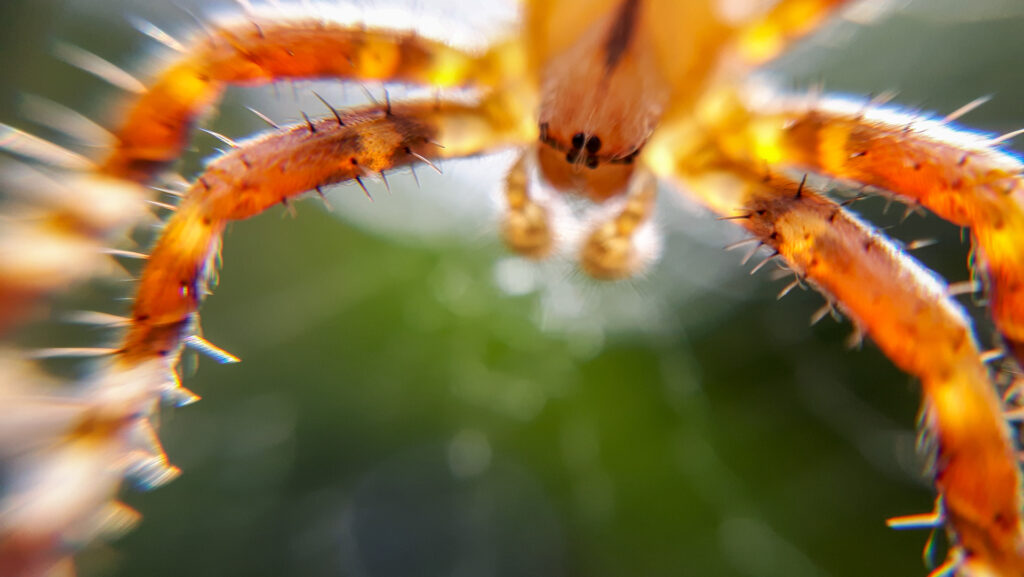
A spider’s ability to sense web vibrations depends on specialized receptors located primarily on their legs. These include slit sensilla (tiny stress detectors), trichobothria (extremely sensitive hair-like structures), and lyriform organs (complex arrangements of parallel slits in the exoskeleton). Each of these receptors responds to different aspects of vibrations traveling through the web, such as frequency, amplitude, and direction. The distribution of these receptors varies between spider species, often correlating with their web-building behavior and hunting strategies. For instance, orb-weaving spiders typically have more densely packed sensory receptors than species that build irregular cobwebs, reflecting their greater reliance on precise vibration detection for hunting.
Web Tension Management
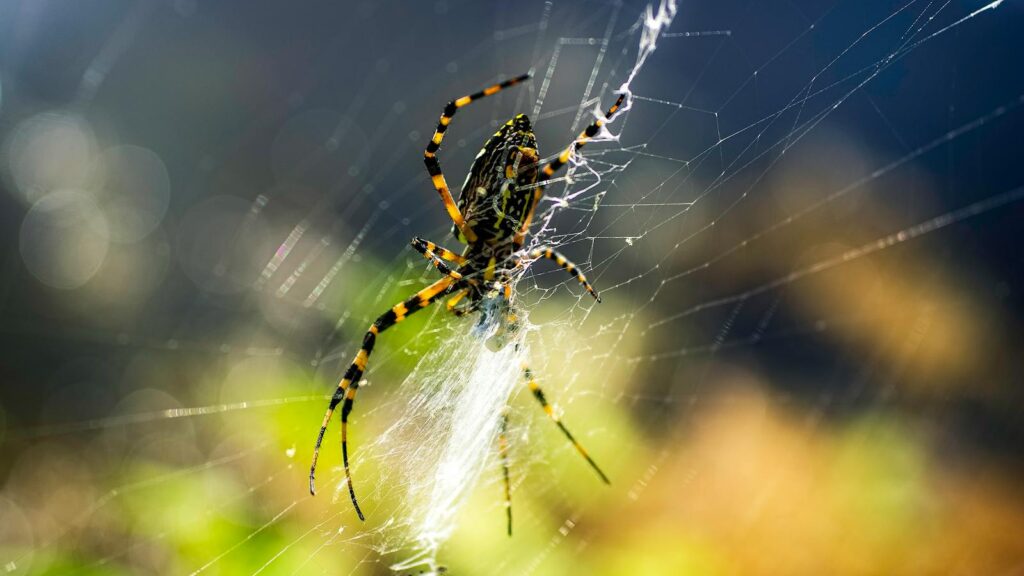
Spiders actively manage the tension of their web strands to optimize sensory information. Many species regularly adjust thread tension by pulling on anchoring lines or by adding or removing silk, effectively “tuning” their web to transmit certain vibrations more clearly while dampening others. This tension management serves both structural and sensory purposes, ensuring the web remains an effective hunting tool while maximizing its function as a sensory array. Some spiders even incorporate specialized stabilimenta—zigzag patterns or dense silk decorations—that may help regulate web tension while also preventing large animals from accidentally destroying the web. This active management of web properties demonstrates how spiders continuously optimize their extended sensory system.
Differentiating Prey from Threats
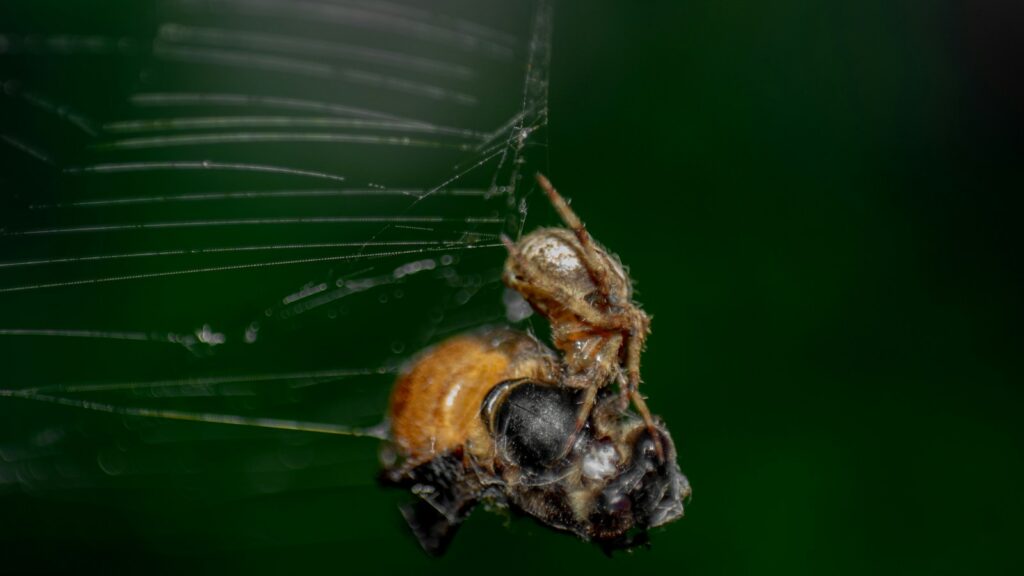
One of the most remarkable capabilities of a spider’s web-based sensory system is its ability to distinguish between potential prey and potential threats. When an insect becomes ensnared, it typically produces rapid, irregular vibrations as it struggles—a signature that triggers the spider’s hunting response. In contrast, larger animals or predators create lower-frequency, more powerful vibrations that may cause the spider to retreat or adopt defensive postures. Some spiders can even differentiate between the vibrations of a harmless breeze and those caused by an approaching predator, allowing them to minimize unnecessary energy expenditure. This discrimination ability is crucial for survival, as responding inappropriately to web disturbances could result in missed hunting opportunities or increased vulnerability to predators.
Web Architecture and Sensory Function
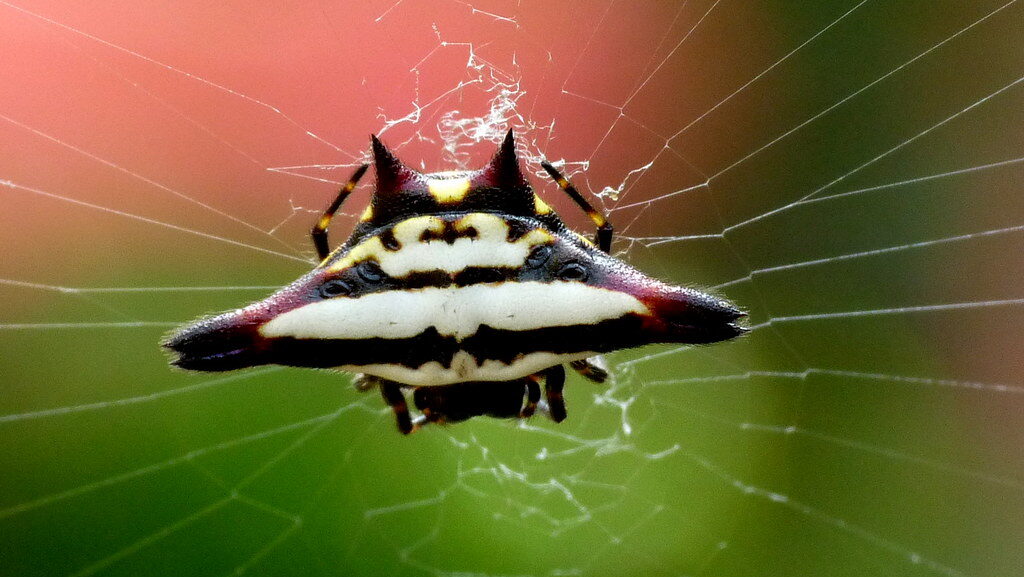
The specific design of a spider’s web is intimately connected to its sensory function, with different architectural elements serving distinct purposes in information gathering. Radial threads in orb webs, which extend from the center to the outer frame, act as primary transmission lines for vibrations, carrying signals directly to the spider with minimal distortion. Capture spirals—the sticky, elastic threads that ensnare prey—not only trap insects but also generate distinctive vibration patterns when contacted. Some spiders construct specialized signal threads that extend from their hiding places to the main web, functioning as dedicated sensory channels that alert them to activity while they remain concealed. These architectural adaptations demonstrate how web design has evolved not just for structural integrity or prey capture efficiency, but also for optimized sensory capabilities.
Web Monitoring Strategies
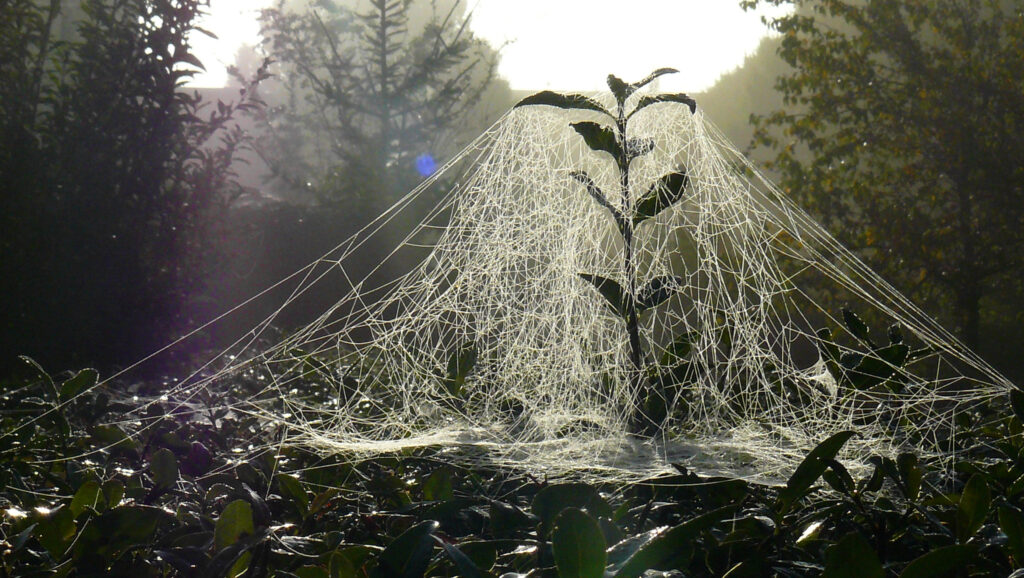
Different spider species have evolved varied strategies for monitoring vibrations in their webs. Many orb-weavers position themselves at the hub of their web, where the convergence of radial threads provides optimal access to vibrations from throughout the structure. Others, like certain crab spiders, maintain constant contact with a single signal thread while hiding nearby, rushing out only when vibrations indicate captured prey. Some nocturnal species periodically pluck their web strands, using the resulting vibration patterns to assess the web’s condition and detect any captured prey that might not be actively struggling. Sheet web spiders often hang upside down beneath their horizontal webs, feeling for the movements of prey walking on the upper surface before striking through the silk to capture them.
Environmental Information Gathering
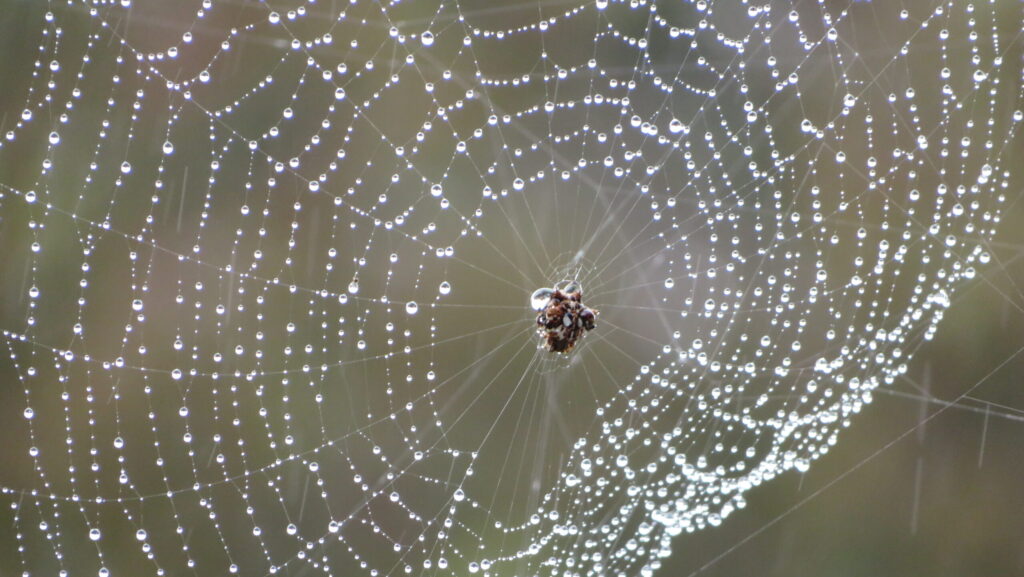
Beyond detecting prey and predators, spiders use their webs to gather crucial environmental information. Web vibrations can alert spiders to approaching weather changes, particularly wind and rain that might damage their webs. Some evidence suggests that spiders can detect subtle atmospheric pressure changes through their webs, allowing them to anticipate storms and either reinforce their webs or seek shelter. Humidity levels affect the tension and elasticity of silk strands, providing spiders with indirect information about environmental conditions that may influence prey activity or web functionality. This environmental awareness through web-sensing allows spiders to make preemptive adjustments to their behavior and web structures, improving their survival prospects in changing conditions.
Communication Through Web Vibrations
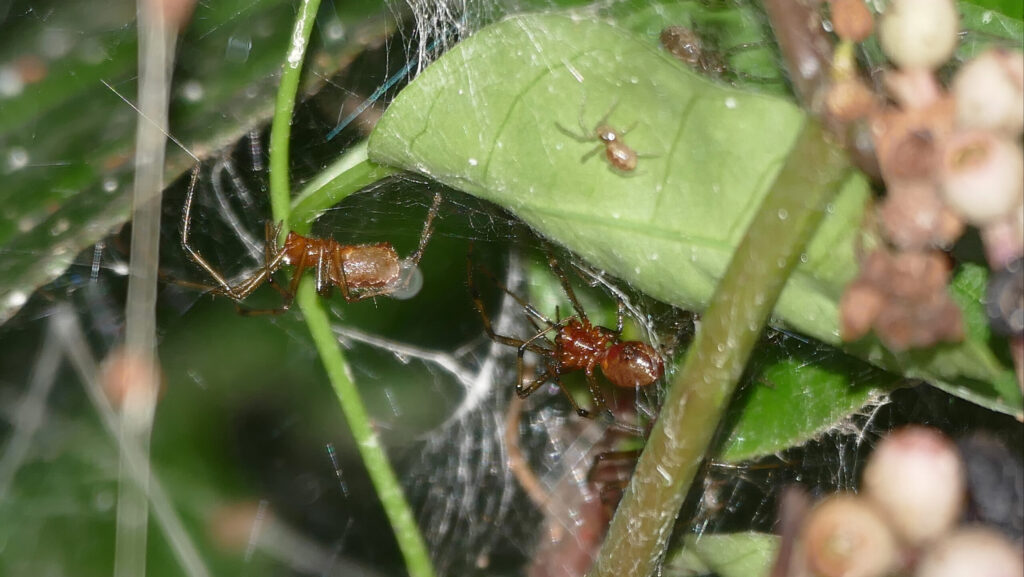
Webs serve as sophisticated communication platforms between spiders, particularly during courtship and mating. Male spiders of many species have evolved specific web-plucking patterns that identify them to females as potential mates rather than prey. These “courtship vibrations” often involve complex rhythmic sequences that must be performed correctly to prevent the larger female from attacking the male. Some male spiders can even mimic the vibration patterns of prey caught in the web, essentially “playing music” on the female’s web to gain safe approach. In colonial spider species that build communal webs, vibration signals may communicate information about prey capture or threats, creating a form of social coordination through the shared silk structure.
Web Maintenance Through Sensory Feedback
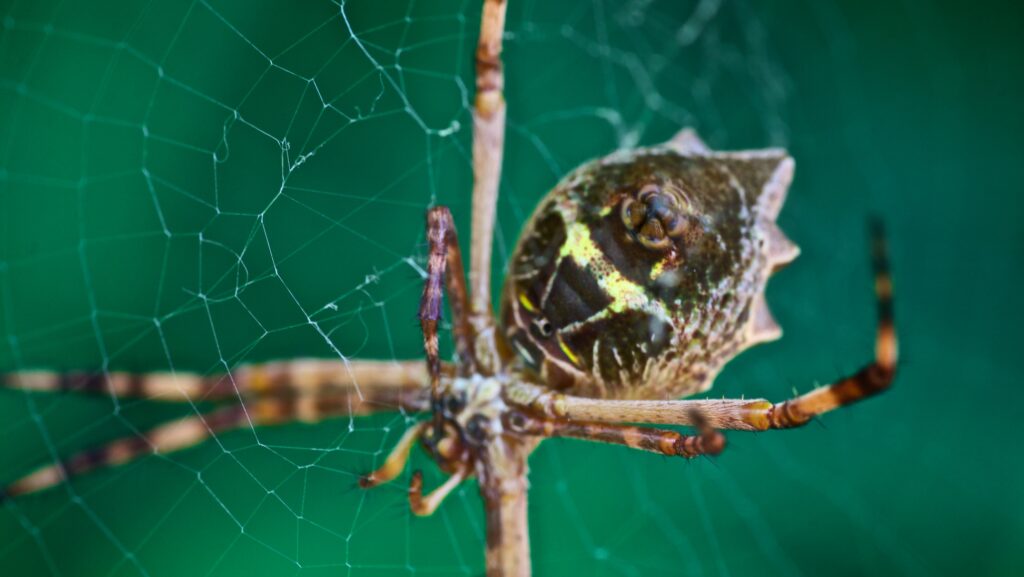
The sensory information spiders receive through their webs guides their web maintenance activities. By monitoring tension changes throughout the structure, spiders can identify damaged sections requiring repair or reinforcement. Many species perform regular “web plucking” behaviors, gently pulling on strands to assess their tension and integrity through the resulting vibrations. When damage is detected, spiders often respond by consuming the damaged silk (recycling its proteins) and replacing it with fresh threads. This continuous feedback loop between sensing and maintenance ensures that the web remains an effective hunting and sensory tool despite environmental wear and tear.
Evolution of Web Sensing Abilities
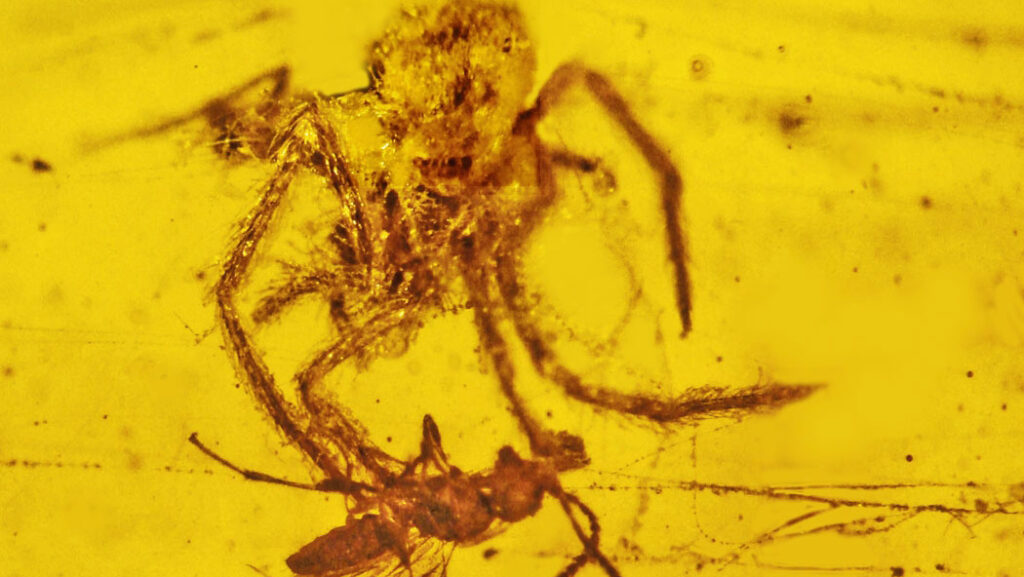
The remarkable web sensing abilities of modern spiders represent hundreds of millions of years of evolutionary refinement. Fossil evidence suggests that web-building behaviors evolved at least 380 million years ago, with sensory adaptations co-evolving alongside web architecture. Early web-sensing capabilities likely provided selective advantages in detecting prey, leading to progressive specialization of both silk properties and sensory organs. Different spider lineages developed varied approaches to web sensing based on their ecological niches and hunting strategies. The integration of web sensing with other sensory modalities—such as vision and air current detection—has created diverse sensory systems adapted to specific environmental challenges, demonstrating the remarkable plasticity of spider sensory evolution.
Inspiring Biomimetic Technologies
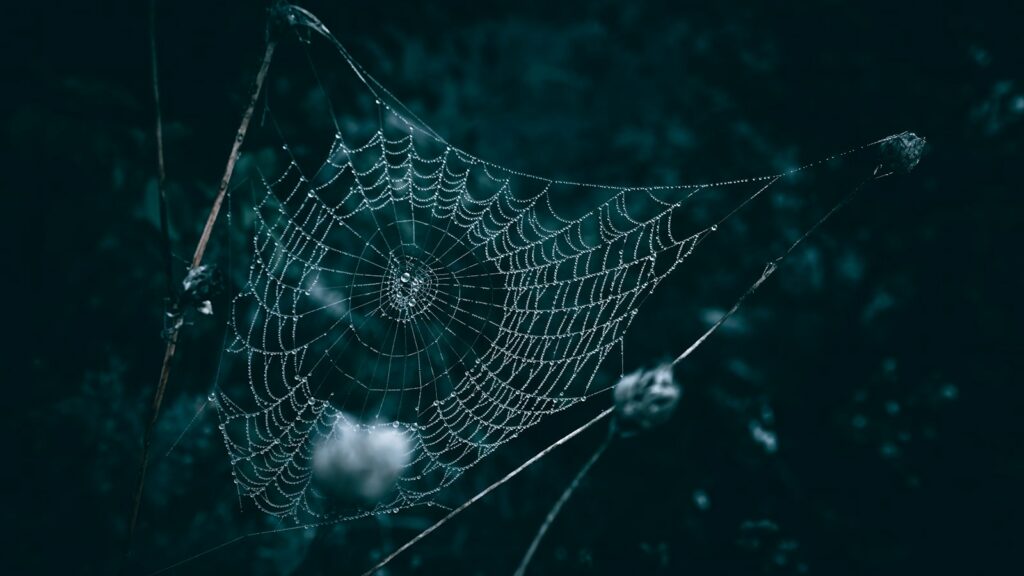
The extraordinary sensory capabilities of spider webs have inspired numerous technological innovations. Engineers have developed ultra-sensitive vibration detectors based on the principles of spider silk transmission, with applications ranging from structural health monitoring to security systems. The distributed sensing model of spider webs has influenced the design of sensor networks where multiple data collection points create comprehensive environmental awareness. Materials scientists study spider silk properties to develop new vibration-transmitting materials with applications in communications and sensing technologies. These biomimetic approaches demonstrate how understanding spider web sensory functions can lead to technological breakthroughs that mimic nature’s elegant solutions to complex sensing challenges.
Conclusion
The spider’s web represents one of nature’s most sophisticated sensory systems—a delicate yet resilient extension of the spider’s body that transforms environmental vibrations into meaningful information. Through specialized receptors, neural processing, and active web management, spiders achieve an awareness of their surroundings that extends far beyond their physical bodies. This remarkable adaptation allows these small creatures to detect prey, avoid predators, monitor environmental conditions, communicate with potential mates, and maintain their silk structures with extraordinary precision. As we continue to unravel the complexities of how spiders feel the world through their webs, we gain not only scientific insights but also inspiration for new technologies that might one day mimic this elegant sensory system. The spider’s web reminds us that consciousness and perception can take forms radically different from our own human experience—expanding our appreciation for the diverse ways that life has evolved to sense and interpret the world.

